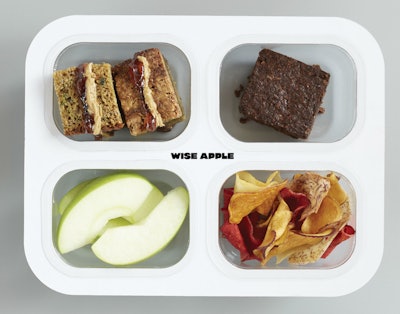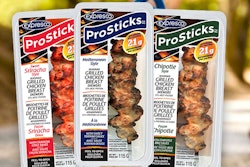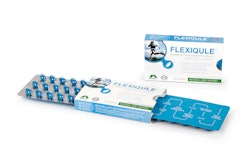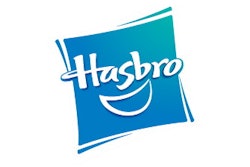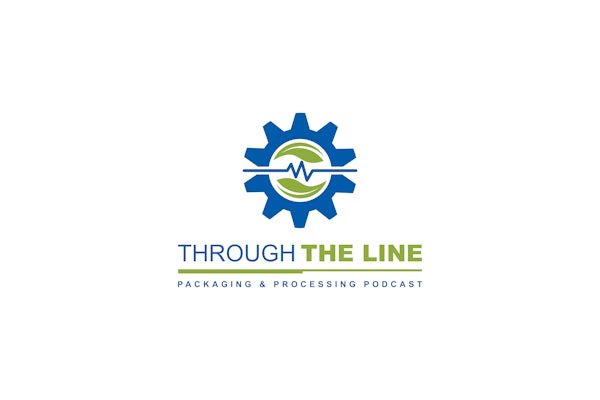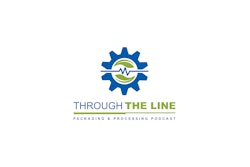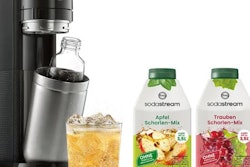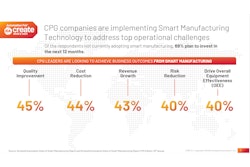Launched just over two years ago in Chicago, Wise Apple is a good example of where e-commerce and packaging meet. The firm prepares, packages, and delivers ready-to-eat meals and snacks to homes where school-age children live. Consumers select online which of 10 meal varieties they want for the week, and the corrugated case holding the meals arrives typically on a Sunday between 3 p.m. and 7 p.m. Thus, busy parents—by simply removing a tray from the refrigerator and putting it into a school bag—can send their kids to school with a lunch that is fresh, free of preservatives, organic when possible, and dietician-approved.
It’s basically Blue Apron or Hello Fresh for kids—without any need to do any cooking. Structurally, the Wise Apple offering is similar to Oscar Mayer brand Lunchables from Mondelez: Four compartments in a tray, one holding a protein, one a vegetable, one a fruit, and one a sweet treat. One Wise Apple tray sells for about $7.99. But whereas Lunchables includes extenders, preservatives, conditioners, colorings, and flavorings to ensure a refrigerated shelf life of several months, Wise Apple’s products have no such ingredients and are meant to be eaten in two weeks.
The role of packaging in this e-commerce offering, both from a machinery and a materials perspective, is essential. We begin with the thermoformed “pods,” as Wise Apple calls them, that hold the products themselves. These are either single or two-compartment containers supplied by Transparent Container. The sheet from which they are thermoformed is a structure that Transparent Container calls GRG. It’s a three-layer coextrusion consisting of food-grade PETG/recycled PET/food-grade PETG. The RPET in the center helps reduce cost compared to a monolayer PETG material. The structure provides enough gas-barrier properties to keep oxygen out and keep the backflushed gases in for the duration of the product’s two-week refrigerated shelf life. The GRG material is produced by Nan Ya LLC in its Texas facility and Transparent Container purchases it from Mark Products.
The pods are filled by hand and placed on wheeled racks. These racks are wheeled to the packaging operation, the essence of which is an Ilpra FoodPack Speedy compact traysealer specifically designed for small to medium-sized production. It’s equipped with a touchscreen monitor that makes it operator friendly as well as an electronic lidstock unwinder. Also part of the system is the Ilpra ProGas technology, which efficiently evacuates ambient air from each pod and backflushes in a mix of CO2 and N2 before a clear film is heat-sealed to the flanges of the product-filled pods. A single operator places the pods into the three-across cavities of the Ilpra machine and the machine does the rest.
When filled and lidded pods exit the Ilpra machine an operator snaps four of them into a corrugated tray that has four cutouts, one for each pod. The top linerboard of the corrugated tray is clay-coated with a bright and attractive white to make it more suitable for a food product. A pressure sensitive label identifying the meal is applied by hand.
The next step in the process is to put five, eight, or 12 meals into a corrugated shipper lined with a plastic film. Frozen gel packs are added and the shipper is taped shut.
As with any e-commerce business, distribution is an important part of the puzzle. “We ship all our e-commerce meals out on Sunday via three different carriers,” says Ryan Thomas, VP Operations. “For shipments to Illinois, Indiana, and Wisconsin we use one of two local carriers. Anything outside of those states we use a third carrier. The driver emails or texts the consumer to know approximately when a package will be arriving. If the consumer is not home when they arrive at the door they leave a text notifying the consumer that the shipment has been left at the door.”
Company co-founder Nate Cooper says that although the concept was developed initially with only e-commerce in mind, some retailers have made inquiries about carrying Wise Apple’s line. Currently one store in Highland Park, IL, is being supplied. Cooper notes that it’s being done on a direct store-door delivery basis. Moving such product through a central distribution system would simply not be practical, says Cooper, for a product that “is made fresh and is meant to be eaten fresh.”
